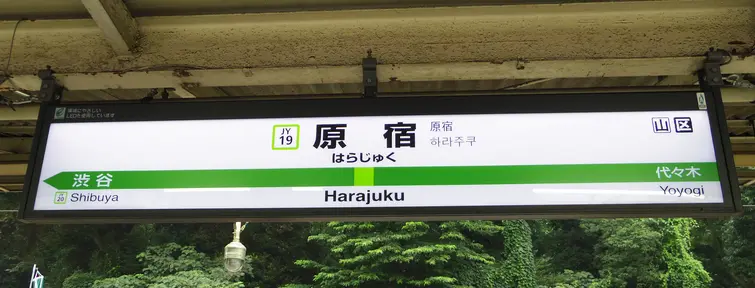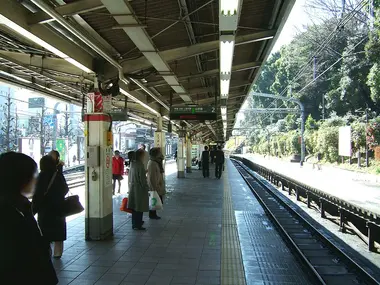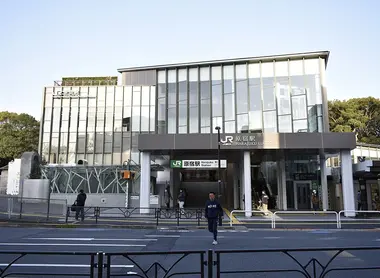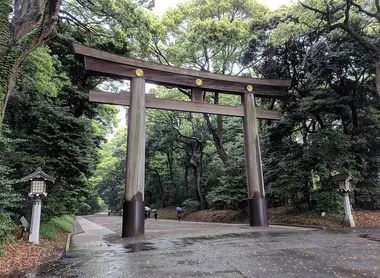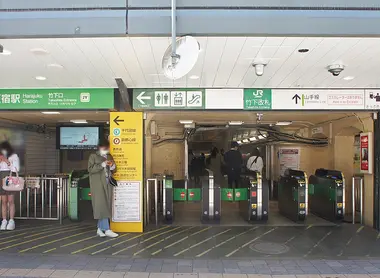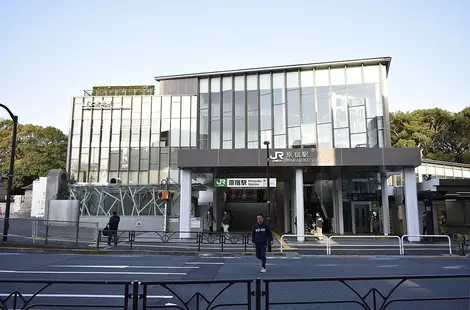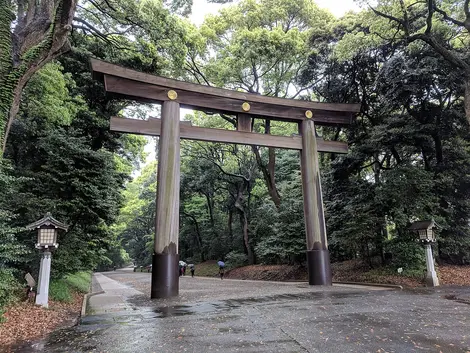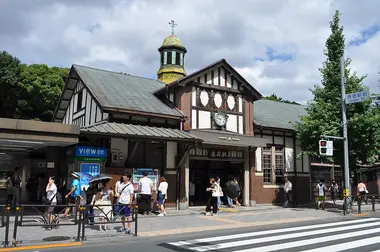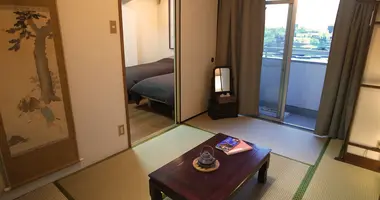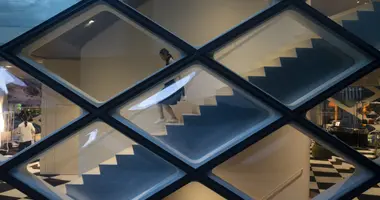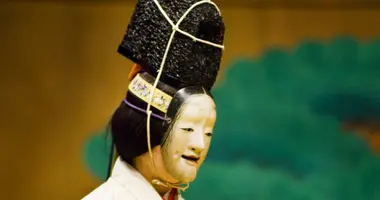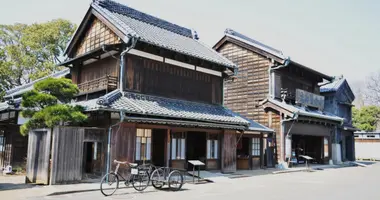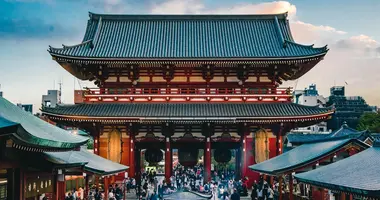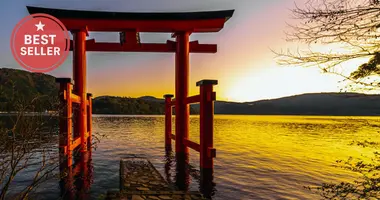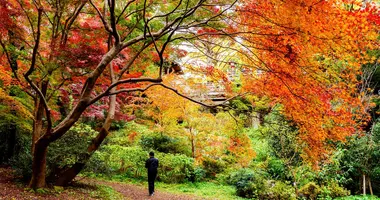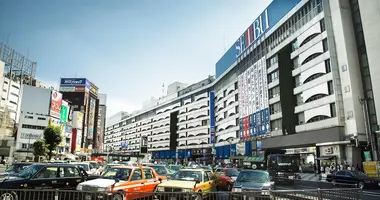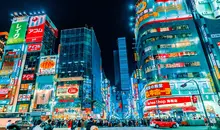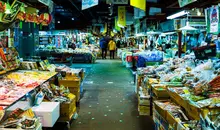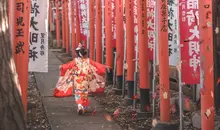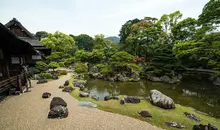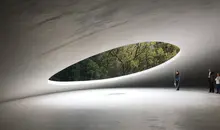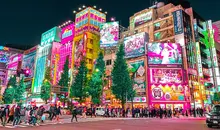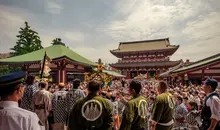Harajuku Station
- Published on : 10/10/2025
- by : Joshua
- Youtube
Between tradition and fashion
Harajuku Station is one of the most famous stops in all of Tokyo, granting access to the street culture hub of the same name. Located in the center-west of the circular line of the Yamanote between Yoyogi and Shibuya stations, it is the gateway to the historic and tranquil Meiji Shrine as well as trendy shopping streets!
A gateway to a hip and bustling Tokyo
Though the ground-level facilities of the station aren’t as large as other stations like Shibuya or Shinjuku, Harajuku Station sees a good amount of commuters. Nearby are the stylish streets of Harajuku, the tranquility of Meiji Jingu Shrine, and the energetic greenery of Yoyogi Park.
The station is operated by JR East and is a stop on the Yamanote Line that loops around Tokyo. There are two platforms:
JR Yamanote Line
- Platform 1 for Shibuya and Shinagawa
- Platform 2 for Shinjuku and Ikebukuro.
About 70,000 passengers pass through these platforms every day. The station is directly connected to Meiji Jingu-Mae station with connections to the Chiyoda Line and Fukutoshin Line, but you have to exit Harajuku station and walk about 200 meters to get there.
Harajuku Station has two "hidden" platforms.
The first is located to the east of the station, towards Shinjuku; it is a temporary platform that is open to allow the passage of excess passengers during major events, such as the New Year. The second platform, further north, is where the imperial train stops.
On March 21st, 2020, Harajuku Station was renovated with a more contemporary design as well as a revamped layout that allowed for easier flow of passengers.
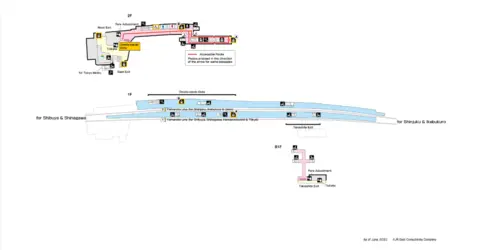
@JR East
Exits at Harajuku Station
There are three primary exits at Harajuku Station. The station’s main building goes along the main road, with the exits opening at different points along it.
- West Exit
This exit goes out to the entrance of Meiji Shrine. The large wooden torii gate that signifies the entrance to its grounds can be seen almost immediately. This exit also goes towards the entrance of Yoyogi Park and Yoyogi National Stadium.
- East Exit
This exit goes out to the main road of Harajuku that leads up to Omotesando and then eventually Aoyama. Many shops line this main street, with the smaller alleys of Ura-Harajuku branching off from it.
- Takeshita Exit
This exit opens right at the entrance for the iconic Takeshita Dori, a prominent shopping street with a number of shops and cafes along it. This entrance is a bit further down the street and goes up directly to the JR Yamanote Line platforms.
The history of Harajuku station
Harajuku station was built in the early XXᵉ century, originally as a freight station. It became a passenger station in 1909 with the opening of the Yamanote line, and gained in importance with the inauguration of the Meiji Shrine in 1920, dedicated to the emperor and his wife.
At the time, the station was mainly made of wood, with details typical of the Taisho era, evoking European architecture. When it was renovated in 2020, it adopted a more modern style, with large glass walls, and now houses a Sarutahiko Coffee Shop on the third floor.
To learn more about Japan, subscribe to our newsletter and follow us on Instagram.
Explore Tokyo and the whole of Japan with the JR network!
The JR Pass covers all JR-operated transport throughout Japan, including the Yamanote line and the Shinkansen, the famous high-speed trains!

N700 Shinkansen high-speed train on the Tokaido line
@Wikimedia
